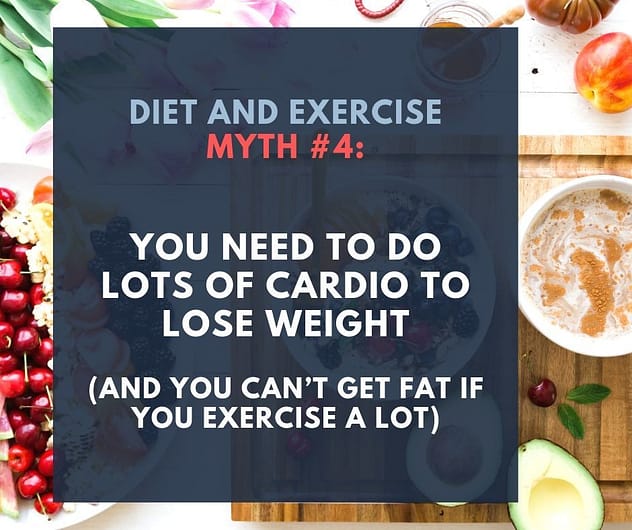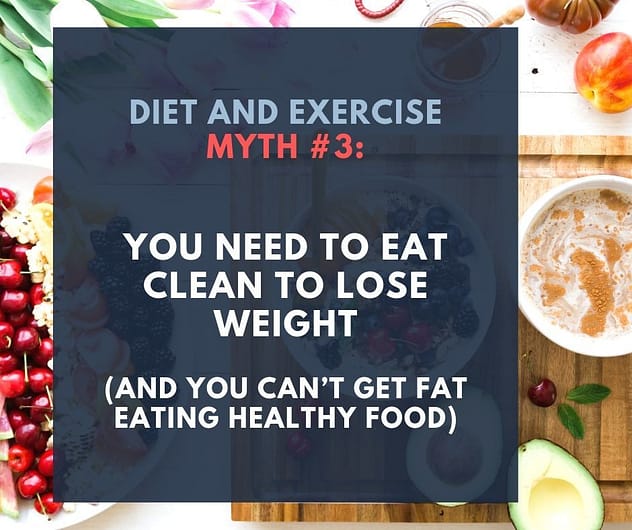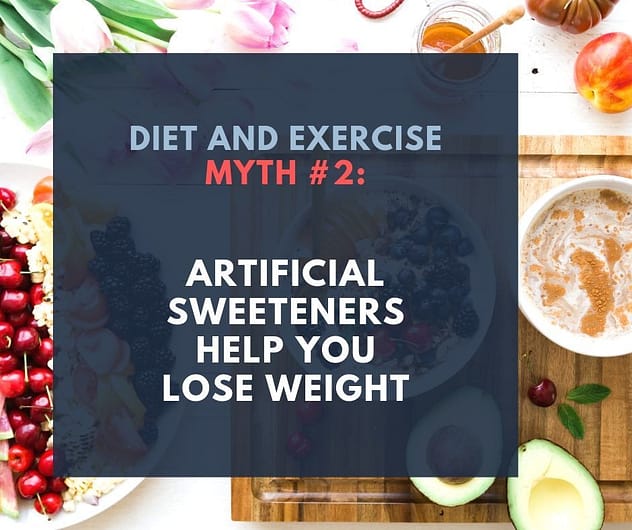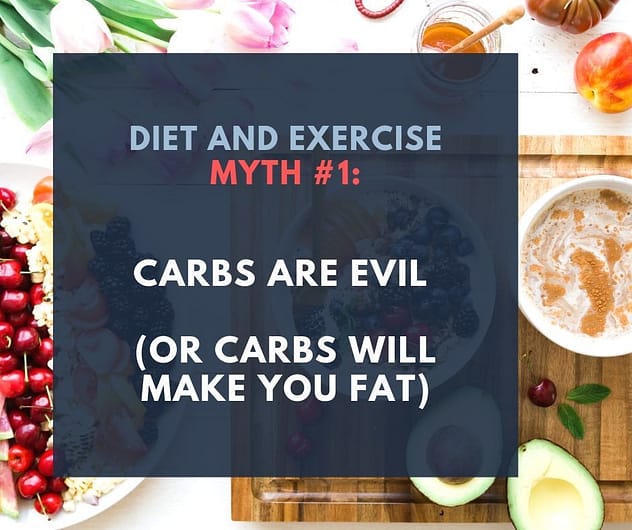- in Nutrition , Weight Loss by Todd
Diet and Exercise Myth #5: You need to spend hours in the gym every day
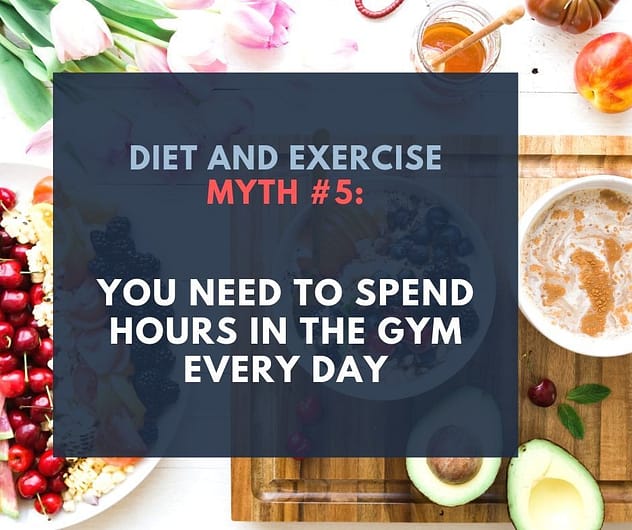

Many people assume (or you might have been told) that you need to spend hours each and every day grinding it out in the gym if you want to lose body fat or gain muscle.
There are two main points to make here:
Firstly, cardio isn’t the best use of your time when it comes to losing body fat. There is scope for a small amount of cardio in a well-crafted body recomposition programme, but you’ll get far more bang for your buck by simply lifting heavy things. And that goes for anybody, male or female.
Cardio just isn’t the best way to go here. Building muscle not only burns significant calories, but it is also is one of the few things you can do that will actually increase your metabolism. So the fat-melting benefits of having lean muscle mass will be accruing to you 24 x 7, even when you’re sleeping.
Secondly, when it comes to lifting heavy things (also known as resistance training), you don’t actually need to spend hours and hours in the gym every day to get the body you want. In fact, you can do very well indeed with just 45 minutes of weight lifting or body weight exercises, three or four days a week.
And just so you know, that’s also about the amount of time that I spend in the gym myself. It varies week-to-week, but most weeks I spend less than four hours doing relatively high-intensity weight lifting, plus a small amount of cardio.
And of course, there are many shortcuts and strategies you can employ to incorporate additional movement into your day-to-day routines. Think about little things like getting off the bus or train one stop short of your destination and walking the rest of the way. Or taking the stairs instead of the lift. It all adds up, and when you’re layering things by increasing your energy expenditure while doing things that you needed to do anyway (like get to a different floor), it hardly takes any time at all.
VitalCapacity.live exists to help ordinary people like you transform your mind, body and spirit. If you have any questions or feedback, please don’t hesitate to get in touch with me.
You can contact me here: Todd@VitalCapacity.live.
Check out my Body Transformation Blueprint digital course. It teaches ordinary people how to look good, feel great, and get the body you've always wanted.
Ciao for now,


